Pietrino Di Sebastiano
“La scoperta della fotografia risale agli anni '70, quando vidi per la prima volta, su una rivista, i paesaggi in Bianco e Nero di Mario Giacomelli. Mi si aprì un mondo e volli a tutti i costi realizzare una camera oscura, in casa, per seguire personalmente lo sviluppo dei negativi e le stampe. Non avevo ancora 20 anni e le attrezzature fotografiche erano molto costose per un ragazzo, barattai un braccialetto d’oro di grande valore affettivo per il mio primo ingranditore usato”
Angelo Zzaven: Pietrino, grazie per avere accettato questa intervista, conosco il tuo lavoro da parecchi anni, amo le tue immagini e ti stimo come autore. Vorrei approfittare di questa occasione per conoscerti meglio... cosa fai nella vita? Come nasci fotograficamente? Che cosa ti ha spinto a operare nel mondo delle immagini?
Pietrino Di Sebastiano: Caro Angelo, ricambio con affetto la stima e ti sono grato per questa intervista, anche se, devo premettere, non sono portato per le parole o la scrittura, forse è anche per questo che ho scelto la fotografia come mio mezzo di espressione. Ho lavorato come operaio in una grande ditta automobilistica della mia regione e dal 2018 sono in pensione. Vivo a Civitella Messer Raimondo, mio paese natale, affascinante comune ai piedi della Maiella in Abruzzo. Per quanto riguarda la seconda domanda ... ricordo che in terza media, alla fine dell'anno scolastico, ci fecero compilare un questionario. Non ricordo le varie domande ma ricordo l'ultima "Hobby": io scrissi Fotografia. Era più un desiderio perché allora non facevo foto ero più attratto dal disegno e dall'arte in generale. La scoperta della fotografia risale agli anni '70, quando vidi per la prima volta, su una rivista, i paesaggi in Bianco e Nero di Mario Giacomelli. Mi si aprì un mondo e volli a tutti i costi realizzare una camera oscura, in casa, per seguire personalmente lo sviluppo dei negativi e le stampe. Non avevo ancora 20 anni e le attrezzature fotografiche erano molto costose per un ragazzo, barattai un braccialetto d’oro di grande valore affettivo per il mio primo ingranditore usato. Sempre in quegli anni, fondamentale fu la scoperta del sistema zonale di Ansel Adams. Studiai con attenzione ed entusiasmo la sua trilogia (Il negativo, La stampa e La fotocamera).
Angelo Zzaven: Hai parlato di Giacomelli e di Ansel Adams due autori che individuo nella tua fotografia. Chi altro, non necessariamente del mondo fotografico, ha indirizzato la tua formazione, la tua creatività?
Pietrino Di Sebastiano: Tra i fotografi contemporanei sicuramente Michael Kenna ma anche artisti come Morandi e Burri.
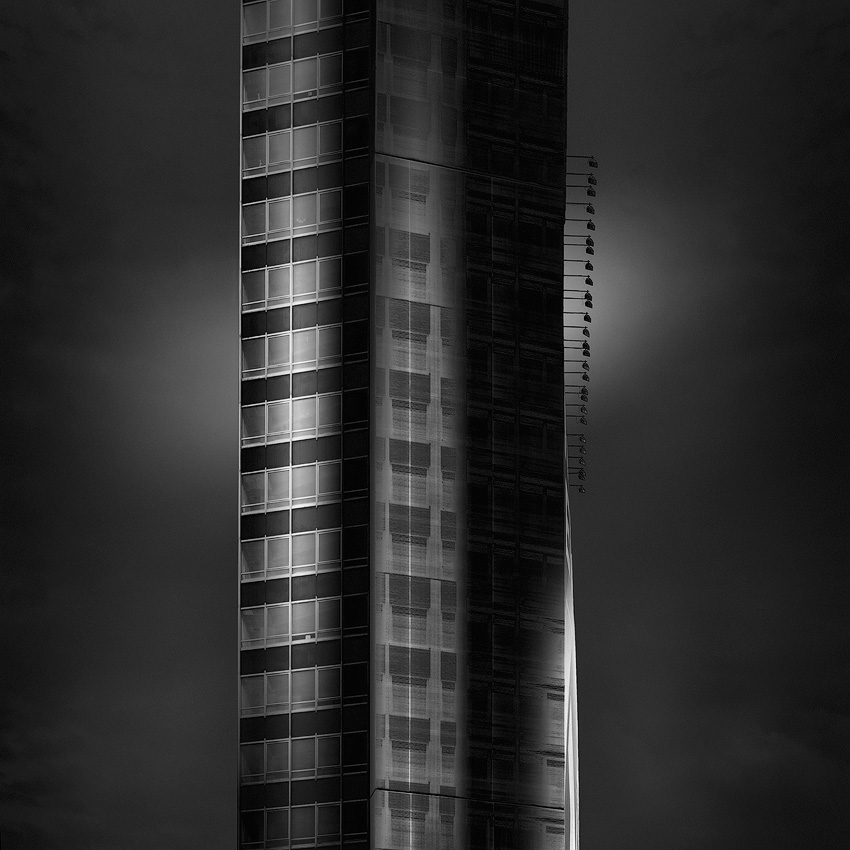 |
| Pietrino Di Sebastiano |
Angelo Zzaven: Per le tue immagini ho visto che prediligi il formato quadrato, come nasce l'idea del quadrato e quali motivazioni stanno alla base di questa scelta?
Pietrino Di Sebastiano: Noi non siamo abituati a “vedere quadrato”, perchè la pittura e i moderni strumenti tecnologici, (TV PC) ci hanno fatto sempre vedere l'arte in formato rettangolare. Il quadrato disorienta ma allo stesso tempo consente all'occhio di concentrarsi sul soggetto perchè ci sono meno possibilità di vagare da un lato all'altro dell'immagine, questo obbliga a ragionare e studiare meglio l'inquadratura. Prediligo la fotografia minimalista e il formato quadrato perché meglio si addice al mio modo di vedere consentendomi un risultato più armonioso. La mia Canon EOS 5D Mark IV mi permette di scegliere il formato e vedere in anteprima in bianco e nero la scena.
Angelo Zzaven: Le tue splendide immagini fanno pensare a dei luoghi cercati, scelti; ti prepari e organizzi le tue uscite o approfitti dei luoghi in cui ti trovi?
Pietrino Di Sebastiano: Le immagini che più mi emozionano sono quelle "trovate". Sono quelle immagini che in post-produzione, ma soprattutto con la stampa, mi restituiscono quell'emozione che ho avuto al momento dello scatto. Io le considero "un dono". Immagini difficili da pianificare dove ho avuto solo la fortuna di trovarmi in quel determinato luogo in quel momento. Fotografo pochissimo e non organizzo le mie uscite ma approfitto delle uscite con famiglia e amici.
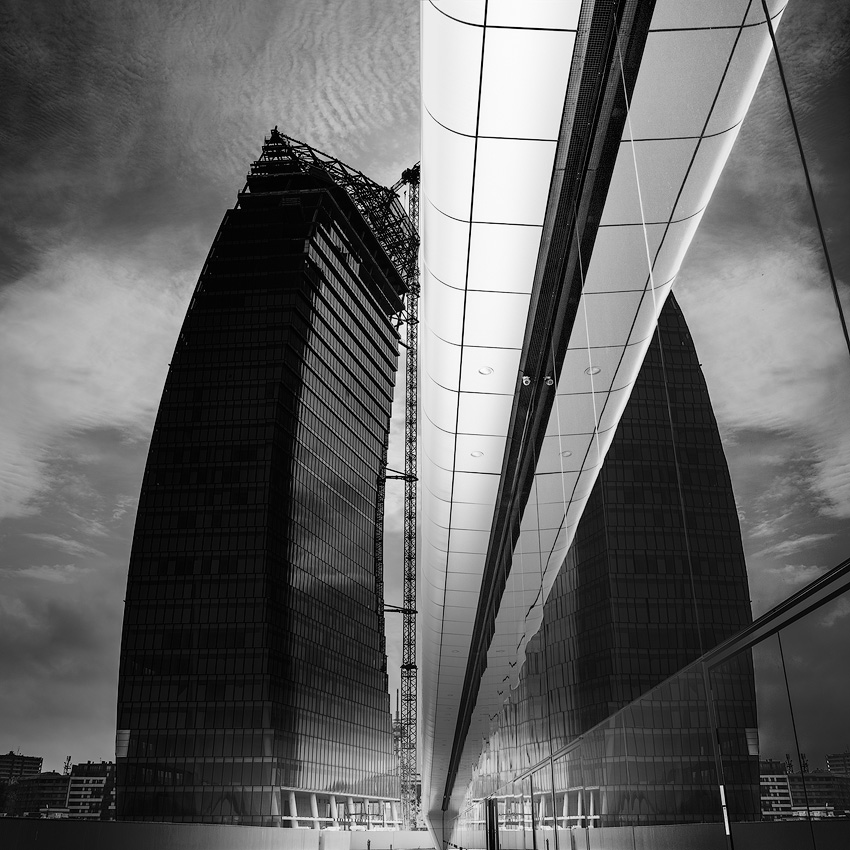 |
| Pietrino Di Sebastiano |
Angelo Zzaven: Provi una forte emozione quando trovi il tuo soggetto tanto da definirlo “un dono”, penso che altrettanto interessante possa essere il momento della scelta e della stampa finale. Me ne parli?
Pietrino Di Sebastiano: Mi riferivo a quelle immagini che durano nel tempo, quelle immagini che, anche a differenza di anni, provocano ancora emozione ogni volta che le osservo. Il Bianco e Nero è il genere di foto che prediligo da sempre, è quella a me più congeniale ed ho sempre sviluppato personalmente i miei negativi e le stampe. L'avvento del digitale mi ha portato a ricominciare da zero ma l'esperienza della camera oscura mi è tornata utile. Elaboro il file RAW in Lightroom prima di esportarlo in Photoshop CS6 e a volte mi prendo giorni di lavoro su un'immagine fino a quando non sono soddisfatto del risultato.
Per quanto riguarda la stampa, uso una Epson 2880 e inchiostri UltraChrome K3 con carta Hahnemühle FineArt Baryta (A3+). L'immagina proiettata sul monitor è sempre brillante ma quasi certamente, non adatta per la stampa, per questo motivo eseguo sempre una stampa di prova per innalzare le alte luci. Uso un livello superiore in modalità scolora con 5-7 gradini dal Nero al Bianco. Una volta stampato so con precisione quale tonalità applicare alle zone chiare mentre con le maschere di luminosità proteggo i valori scuri.
Angelo Zzaven: “Delle volte arrivo in dei luoghi proprio quando Dio li ha resi pronti affinché qualcuno scatti una foto” Che cosa ti fa pensare questo pensiero di Ansel Adams?
Pietrino Di Sebastiano: Concordo pienamente su questo pensiero del grande Maestro che si riallaccia al discorso sulle mie foto "trovate" che considero "un dono". Possiamo dire che sia stato Dio, o semplicemente la fortuna. Ansel Adams, fotograficamente, era lui Dio.
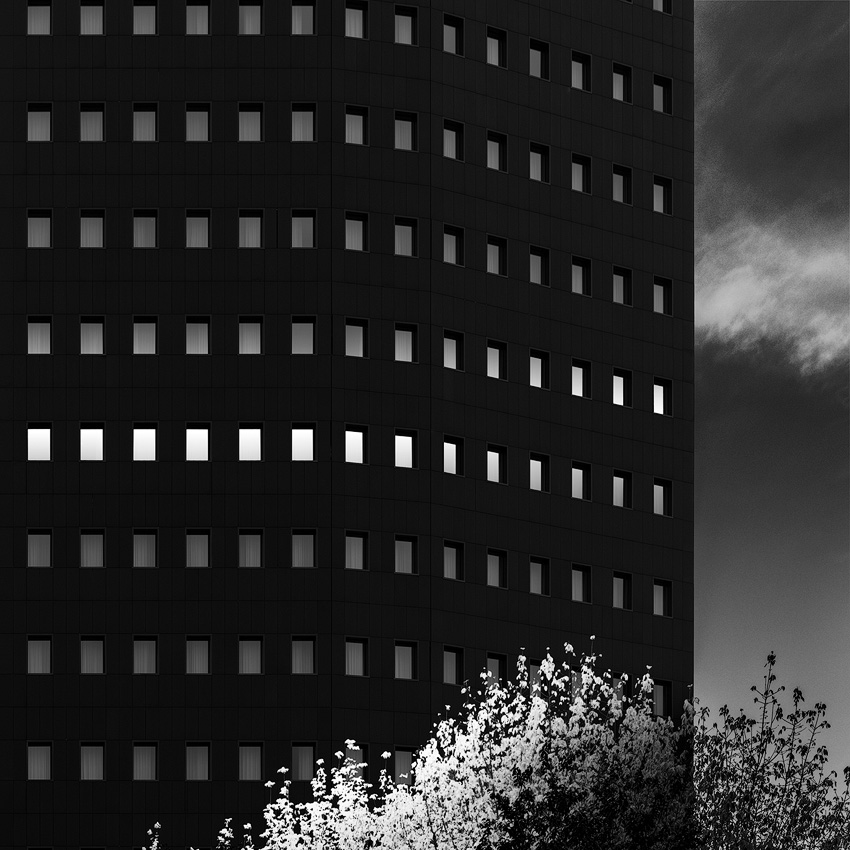 |
| Pietrino Di Sebastiano |
Angelo Zzaven: Tutto ciò che compare in una fotografia è un'espressione conscia o inconscia di chi fotografa?
Pietrino Di Sebastiano: Che bella domanda Angelo. Personalmente ritengo che entrambi contribuiscono al risultato finale. Per meglio spiegarmi voglio raccontarti un aneddoto. Nell'Agosto del 2019 ho trascorso una settimana di vacanza a Milano, premesso che mia moglie è milanese e mio figlio studiava allora a Milano, io non ero mai stato in questa città. Abbiamo visitato molte chiese, monumenti, gallerie e musei. Avevo la mia Canon e girovagando scattavo foto; al nostro ritorno ho iniziato ad elaborare questi scatti, aiutato anche dal lock-down e dalle lunghe giornate chiuso in casa a causa della pandemia. In post-produzione mi sono accorto di aver fotografato molti palazzi, più che altro dei particolari, dove venivano evidenziati, oltre alle forme, la mancanza di finestre aperte, di balconi, quindi strutture senza via di fuga. Ho associato questo alla mia claustrofobia che qui si è manifestato senza averlo deciso consciamente. Ho presentato questa serie "without escape" nel 2022 al PX3, il più grande concorso in Francia, dove ha ottenuto il premio "Gold in Fine Art/Architecture". https://px3.fr/winners/hm/2022/1-106636-22/
Angelo Zzaven: In “without escape” si percepisce, almeno io, percepisco questo senso straniante, di chiusura. Palazzoni bellissimi ma anche freddissimi, impersonali, lontani dall'idea di abitazione così come la intendo io che vengo da un paesino di campagna. Potrebbe essere questa una delle motivazioni “collaterali” che ti hanno spinto verso questo lavoro?
Pietrino Di Sebastiano: Certamente! Non ci avevo pensato, però adesso che me lo hai fatto notare anche io abito in un paesino di campagna, con la case tutte singole, con il giardino e la terra da coltivare. Riallacciandomi, quindi, alla tua domanda precedente, possiamo affermare che tutto ciò che compare in una fotografia è un'espressione conscia, inconscia e subconscia di chi fotografa. Praticamente fotografiamo ciò che siamo, il nostro vissuto.
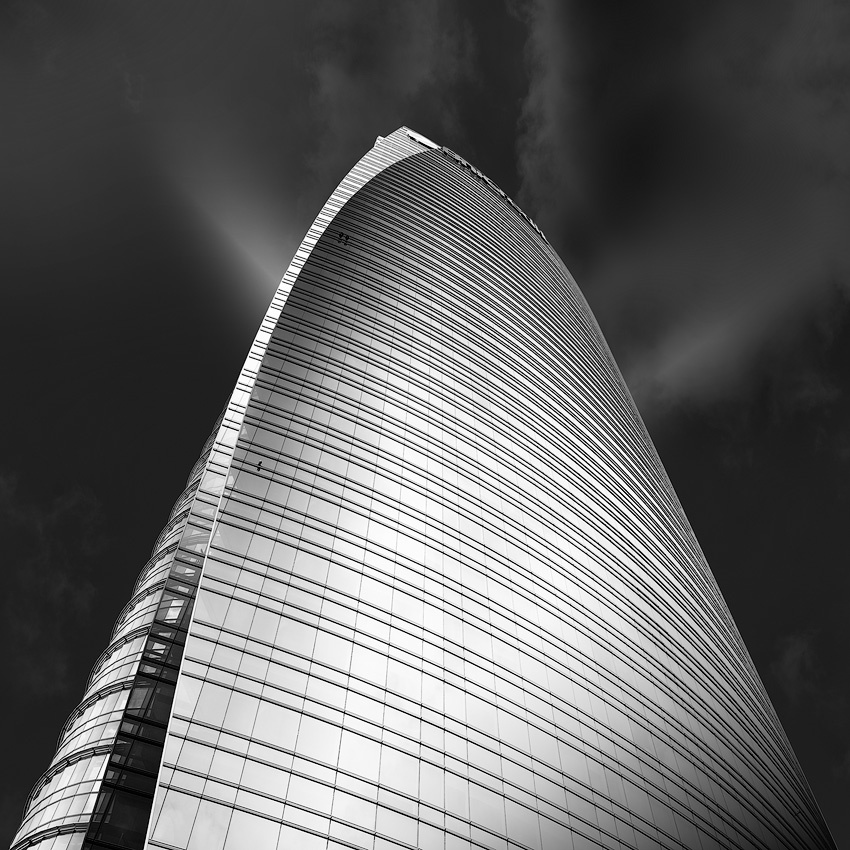 |
| Pietrino Di Sebastiano |
Angelo Zzaven: Ti obbligo a spingerti in avanti nel tempo con la fantasia... come vedi il mondo della fotografia tra dieci anni?
Pietrino Di Sebastiano: A questa domanda non so rispondere, dieci anni è un orizzonte di tempo troppo lungo per fare previsioni, basti pensare alla situazione di dieci anni fa. La tecnologia ormai avanza ad un ritmo frenetico difficile anche per gli scienziati soddisfare le continue esigenze del mercato. Con il digitale la fotografia è ormai alla portata di tutti. Questo ci porta ad essere invasi da una marea di immagini troppo spesso banali, insignificanti, inutili. Con l'intelligenza artificiale, addirittura, si possono creare immagini semplicemente "scrivendo" sulla tastiera la scena che si desidera. Personalmente spero, anche tra dieci anni, di potere ancora essere travolto da quella "emozione" che mi pervade di fronte al "dono" di una mia foto "trovata".
Angelo Zzaven: A proposito di Intelligenza Artificiale, che ci faccia piacere o meno, in futuro entrerà sempre più a far parte delle dinamiche espressive di fotografi, artisti e operatori visuali. Già oggi i nuovi strumenti di ripresa fotografica (smartphone e alcune fotocamere), integrano processi di AI computazionale che migliorano determinate problematiche legate alle riprese. Qual è il tuo pensiero su queste nuove possibilità, e sull'Intelligenza Artificiale in generale?
Pietrino Di Sebastiano: All'inizio della mia avventura nel mondo della fotografia, (ti parlo dell'era analogica), già ottenere sulla pellicola un immagine a fuoco e correttamente esposta significava essere bravo. Adesso, nell'era digitale, con la messa a fuoco automatica e con il controllo dell'istogramma, sai già prima di scattare che la foto è perfetta e questo grazie alla tecnologia, non più alla tua bravura e di questo progresso non ne possiamo più fare a meno. L'Intelligenza Artificiale è l'evoluzione di questo processo e sono certo che influenzerà anche il mondo della fotografia; già adesso si vedono molte foto con AI, riesco ancora a distinguerle e anche se di autori diversi sembrano tutte uguali, tutte troppo perfette: l'AI predomina sull'autore. Come emergere, come distinguersi questo sarà la nuova sfida e a prevalere, come sempre, sarà chi è più creativo chi riuscirà a dominare questo nuovo processo.
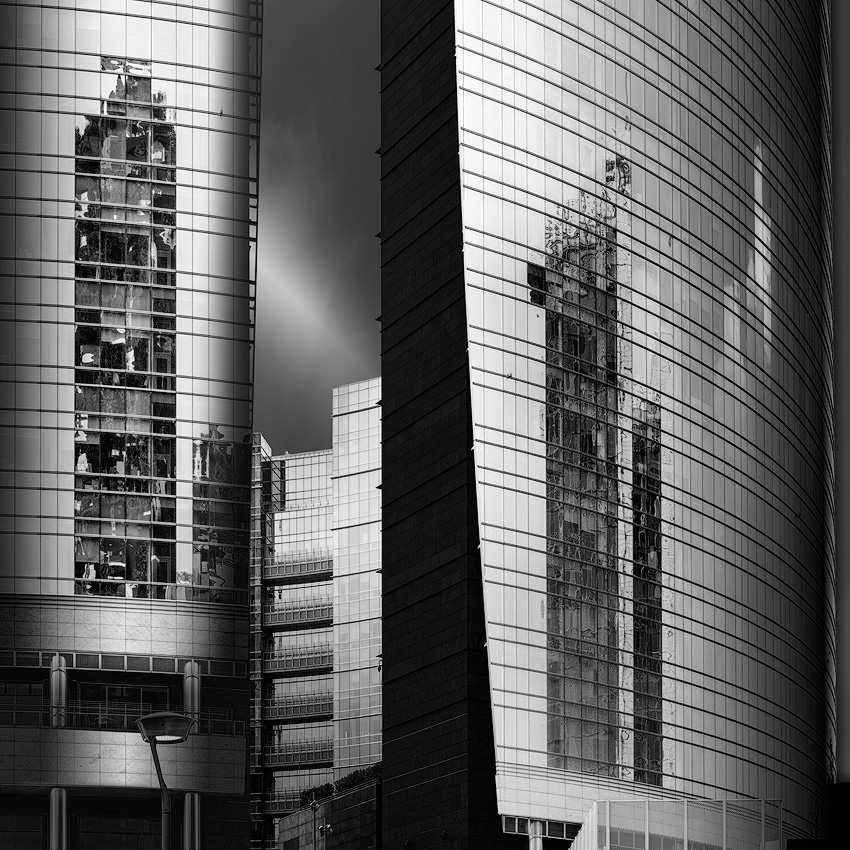 |
| Pietrino Di Sebastiano |
Angelo Zzaven: Quali passi consiglieresti a un giovane che vuole emergere nel mondo complesso e frastagliato dell'arte, attraverso la fotografia?
Pietrino Di Sebastiano: Studiare l'arte, visitare le mostre (osservare le stampe originali è fondamentale) e poi seguire workshops con quegli autori che più si avvicinano al loro modo di intendere la fotografia. Avere un buon Maestro è senza dubbio un ottimo inizio, ma non è sufficiente senza tanta passione, tanta tenacia, tanta determinazione. Trovare il "proprio stile" a volte può rivelarsi molto difficile e faticoso ma non impossibile.
Angelo Zzaven: Pietrino ti ringrazio per la chiacchierata, per finire mi rispondi a una domanda che non ti ho fatto?
Pietrino Di Sebastiano: Grazie di cuore a te Angelo, è un piacere parlare di fotografia con un amico. Una domanda che mi faccio spesso: è valsa la pena dedicare tutto il mio tempo alla fotografia? La mia risposta, sempre la stessa: si!
© Pietrino Di Sebastiano ©Angelo Zzaven
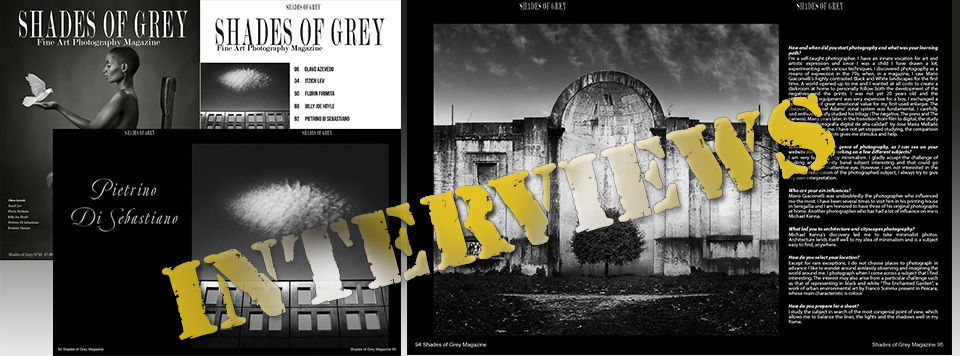
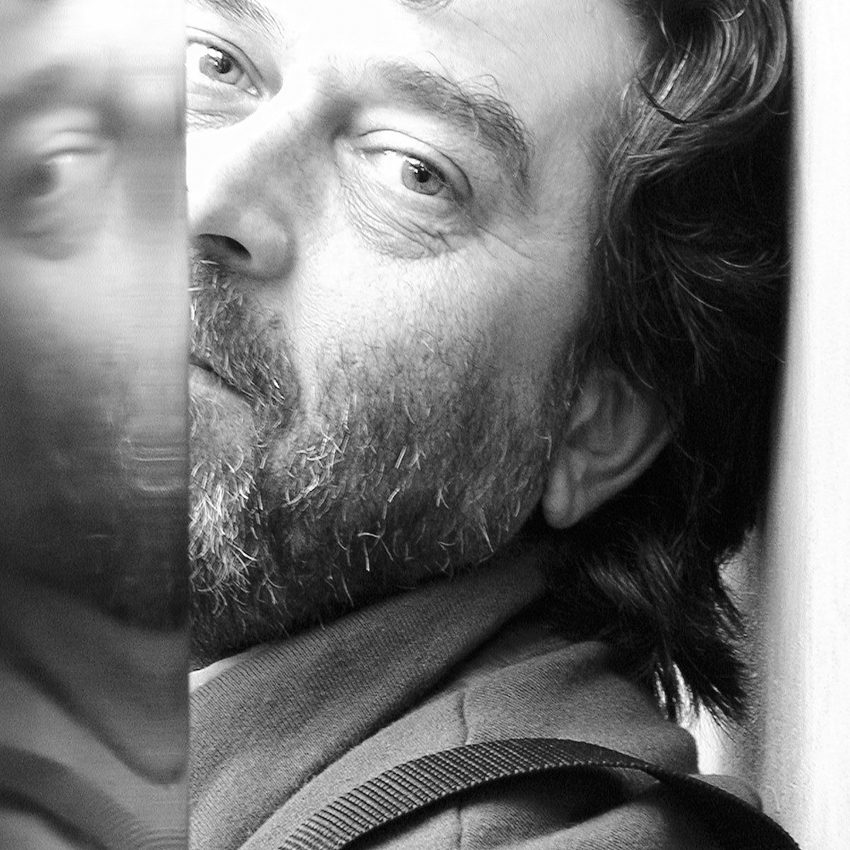








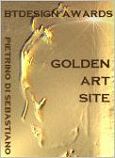 Do you prefer using a traditional camera or a digital one?
Do you prefer using a traditional camera or a digital one?

